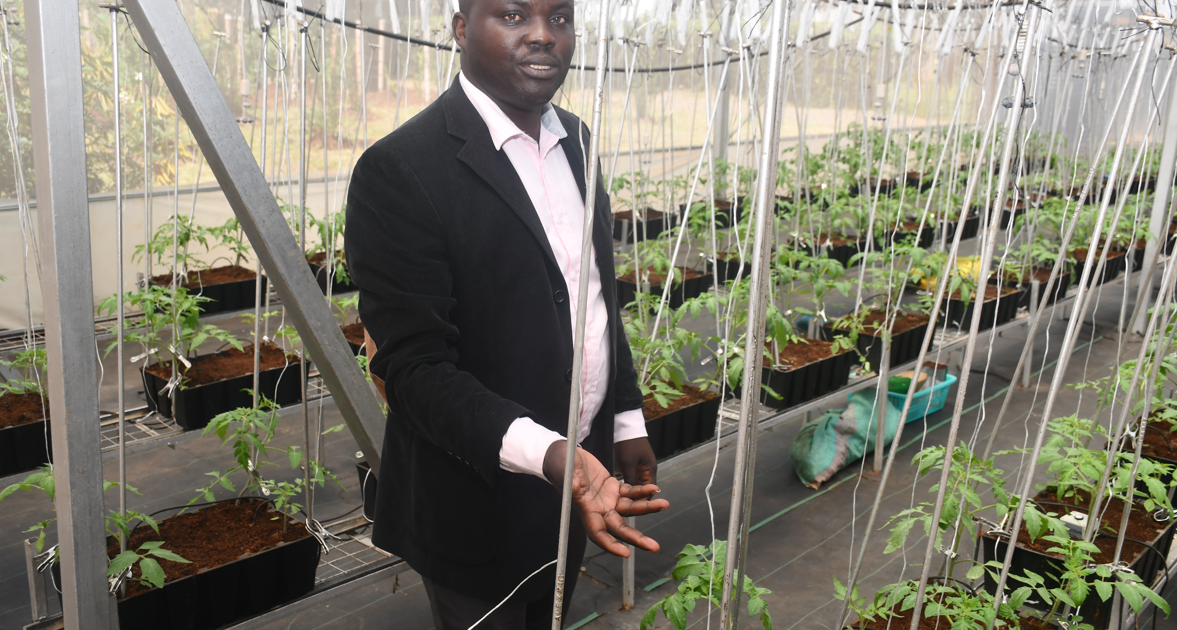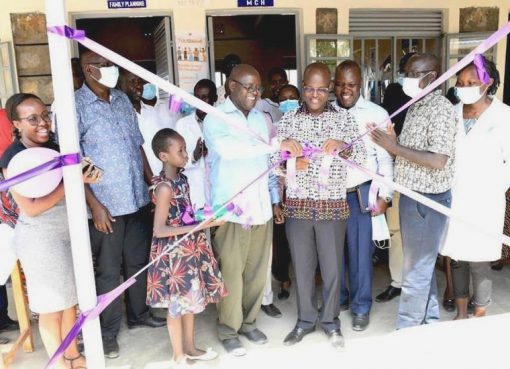The Kenya Agricultural and Research Organization (KALRO), is revolutionising farming through new technologies to boost farmers’ produce.
The Organization, via its nationwide agricultural centers, held a one-week exercise to educate farmers on the new innovations, ahead of the planting season.
Farmers engaged with stakeholders to learn about Smart technologies and adaptation methods for value addition and climate mitigation.
One such facility is the Muguga Genetic Resources Research Institute, in Kiambu County and it is here that we meet the Director for Seed propagation, Mr. Vincent Ochieng, who took us through the Smart greenhouse system.
“The greenhouse system is controlled by the Internet of things technology (IoTs),” Ochieng noted. Adding 70 percent of the operations in the greenhouse can be done by mobile phone.
It is an interconnected system with sensors such as a moisture sensor, to monitor the soil quality, a humidity sensor to monitor the humidity of the plants, and a smart irrigation sensor to pump water to the greenhouse.
The system transmits data through sensors, sending notifications and alerts to mobile phones via a cloud platform, enabling remote monitoring and data collection.” says Ochieng. The speaker explains that a cooling system in the greenhouse uses a phone to mist crops, allowing them to be fully controlled during hot weather.
The Director for Seed propagation further explained, the system is made possible by the sensors present in the greenhouse that are able to detect a fall or rise in temperature thus allowing for counter measures accordingly.
The irrigation system uses button drip irrigation which requires low maintenance and is water efficient thus cautioning the farmer from costs. “When the soil is dry, the system will send you a warning through your phone and thus you can act accordingly by releasing water to the plants and the process goes on all through the day” says Ochieng.
Ochieng cited that the institution is currently breeding tomatoes that will be resistant to drought and disease and also be affordable to Kiambu farmers. Other plants in the greenhouse include Capsicum, spaghetti and strawberries.
The system uses a feeding tank with liquid fertilizer to add nutrients to the soil, which is then alerted to the user via a button. “Such innovations are important for crop value addition as we aim to avail high quality seeds and seedlings to farmers” he concluded.
This project is being funded by the Korea-Africa Food and Agriculture Cooperation Initiative (KAFACI) in partnership with the Kenya Agricultural and Livestock Research Organization. (KALRO).
By Xavier Brian




